To be a seasoned guitarist, you need to learn several guitar techniques to show your skills at playing the instrument. Learning how to play the power chords is one such guitar technique.
Power chords add magic to your music, whether you play the acoustic guitar or the electric guitar. Power chords are a common thing in rock music.
However, every type of music can benefit from using power chords, including jazz, rock, country, and reggae. You only have to learn how to play it.
What are Power Chords?
Power chords are movable guitar chord forms. Only two notes are used in power chords. A power chord does not have a major or minor quality. This is because power chords only include the chord's root and fifth.

Power chords omit a third of the chord, often giving the chord a major or minor feel. They can be considered a simplified form of a barre chord. The same finger movements create many additional chords.
You only have to move these mobile chords across the fretboard.
All guitarists should have power chords in their toolkits since they are one of the most helpful chords. >>>Learn these easy power chord songs
1. Two Types of Power Chords
Open Position
The most popular open-position power chords are E5, A5, and D5. These chords are essentially the lowest two or three notes of the basic E, A, and D chords in an open position.
Movable Position
Movable power chords make up the two or three lowest notes of the movable barre chords. E-based or A-based power chords are movable.
Power Chord Shapes
Let us look at the different finger positions that make up power chords.
Shape 1
Power Chords With Two Fingers Any of the 12 keys can be used to play a power chord. Let's use an A5 chord for the examples of chord diagrams that follow.

Two distinct notes are used to play the basic A power chord form. Your index finger plays the chord's first note on the low E string, and your pinky finger plays the chord's fifth note on the root A string. Instead of using your pinky to play the fifth string note on this form, you can use your ring finger.
However, I heartily advise you to strengthen it by using your pinky finger whenever you can. It will result in an overall improvement in your guitar playing.
On the lower, broader power chords like the F5 and G5, using your pinky finger rather than your third increases your finger spread. Use your pinky finger, rather than your ring finger, on the lower power chords like the F5 and G5. This will help your fingers to spread on the fretboard.
Shape 2
Power Chords With Three Fingers The following power chord structure still only uses two distinct notes. You must be wondering why the chord diagram only displays three notes.

The problem is that even though we are still playing a root note and a fifth note, an additional A root note is added in a higher octave. The additional root note gives the chord a richer tone.
Place your first finger just enough to mute the unplayed strings. Your index finger plays the low E string's root note. Your ring finger plays the fifth note on the A string. Your pinky finger plays the fourth string's octave root note.

Shape 3
Power Chords With Barred Fingers The number of notes used in this third power chord structure is the same as in the previous one. On the other hand, the two higher notes are played by crossing strings 5 and 4 with your third finger.

At first, this finger structure will feel challenging. You're not alone if you feel like you're having a hard time. Practice your barring technique independently.
Are you finding it difficult to keep playing guitar? Read How to Protect Fingertips While Playing Guitar to find the solution to this problem.
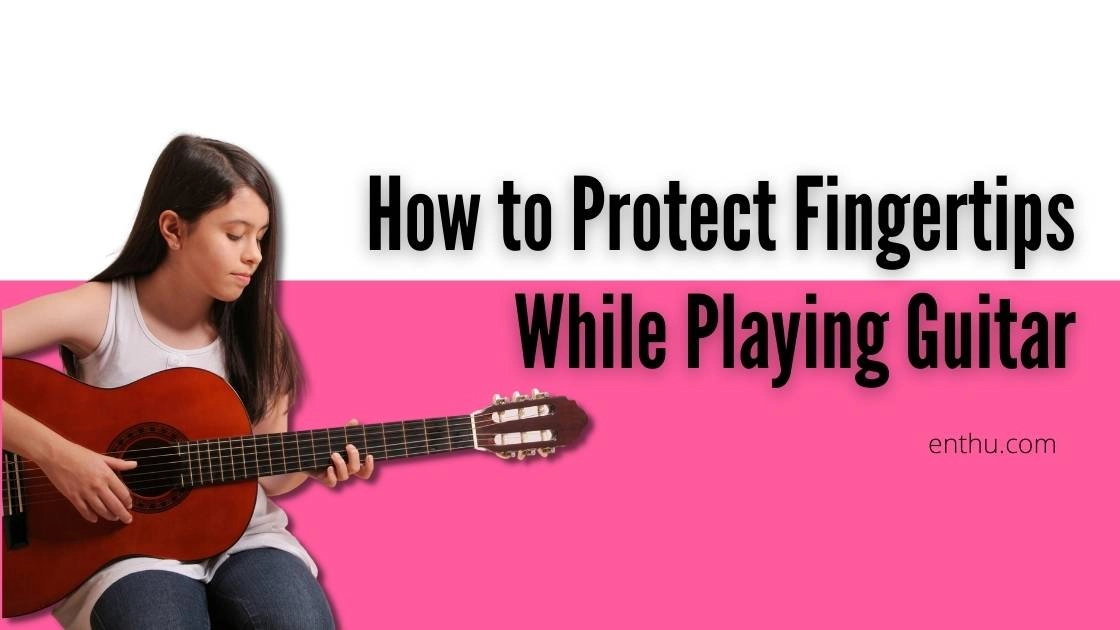
How To Get Better at Playing Power Chords?
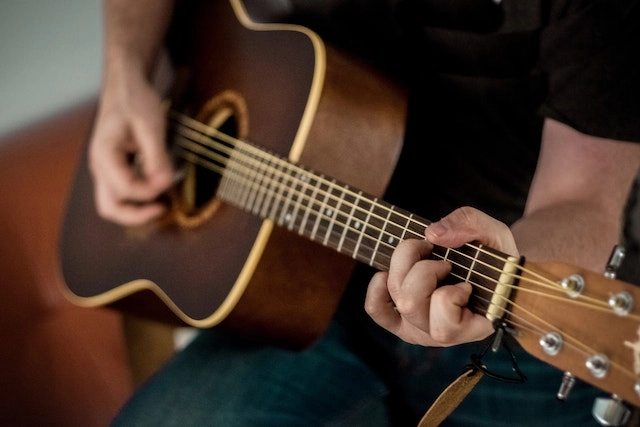
Playing a chord with only a few notes correctly is more complicated than you imagine. Ideally, the key to playing power chords is to mute the unplayed strings.
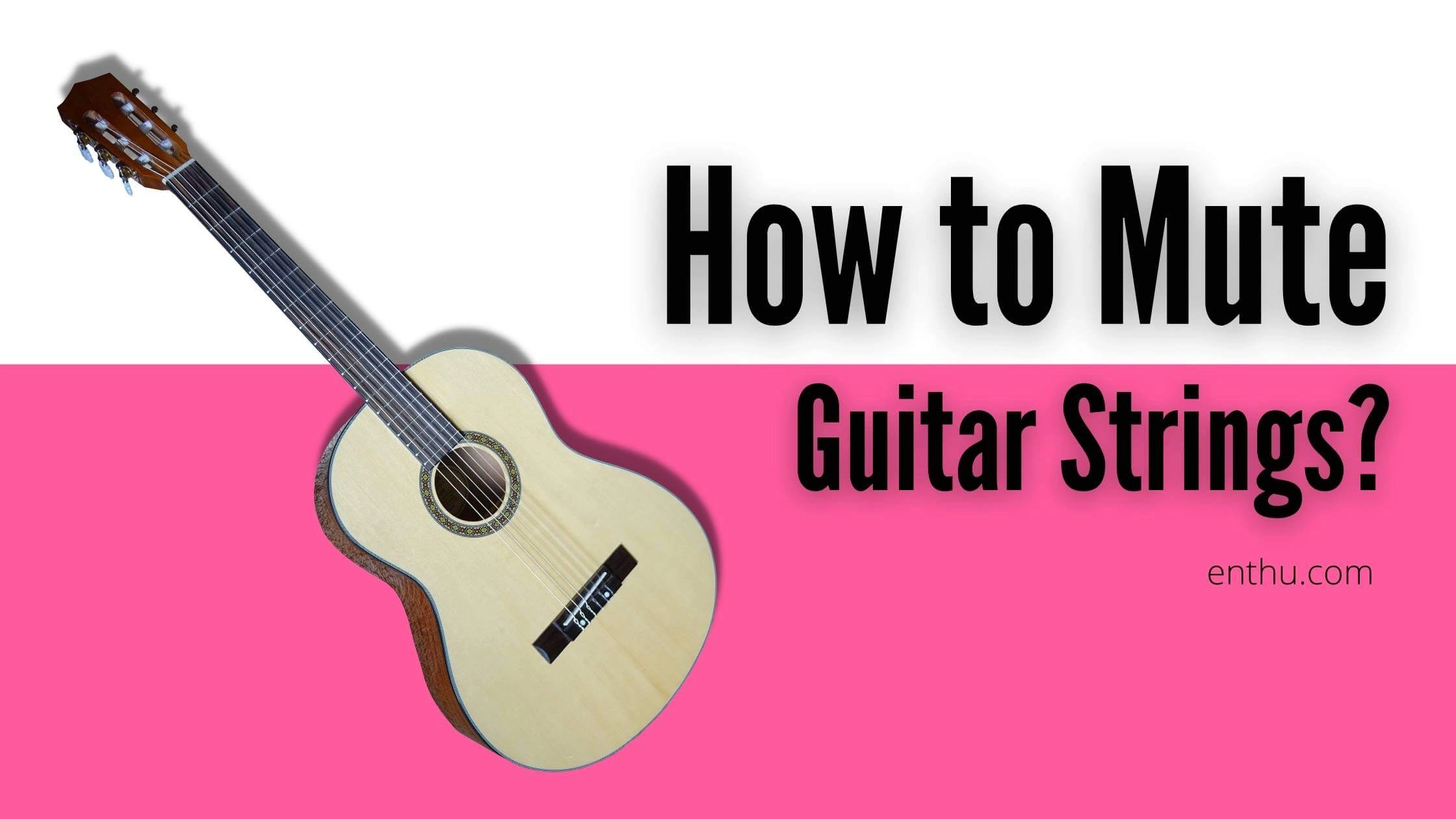
Practice teaching your index finger to mute the unplayed strings so you can play power chords with clear tones. Use the following techniques to learn this:
1. Use your Index Finger
Use the tip of your index finger to fret the root note while softly placing the rest of the finger on the unused strings. Press the muted strings as little as possible. Like anything else on the guitar, it takes some work to get the right balance at first.
2. Picking Guitar
Your guitar pick should only strike fretted strings when playing. Sounds easy, but while learning power chords, many new guitarists pluck on all six strings and then wonder why it sounds horrible. Improve your hand's accuracy when strumming.
3. Position of Your Thumb
Maintain a low and down position for your thumb on the fretboard. It should be in the centre of the base of the guitar neck. It needs to be placed below the three power chords on the fret. This will provide agility to your fingers, and they can glide smoothly on the fretboard.
4. Downward Strokes
Start by practicing power chords just with downward strokes. Most songs combine palm muting with down-stroke strumming patterns on power chords.
More on Guitar


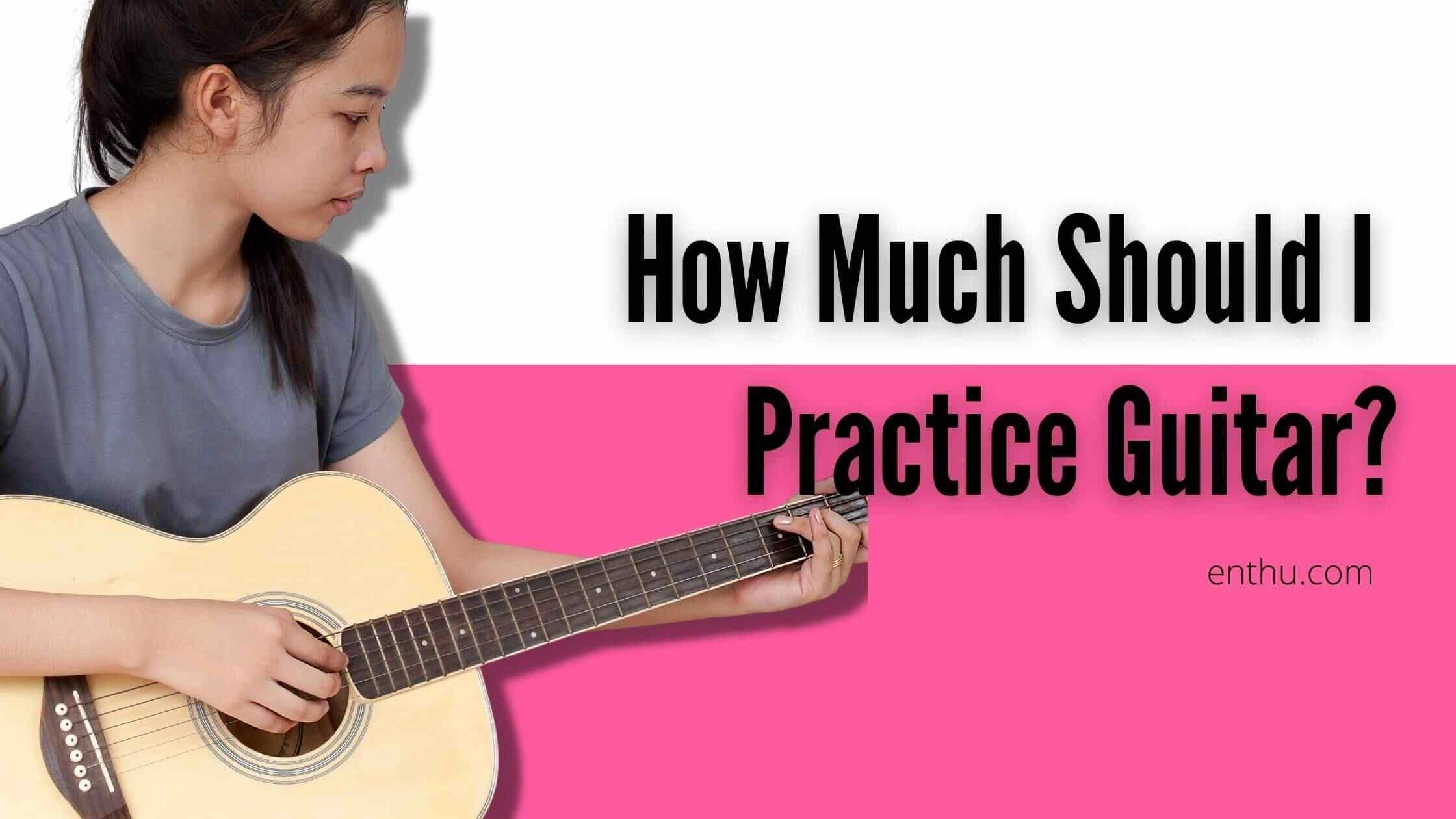
Conclusion
Make sure to allot five to ten minutes daily for power chord practice. Don't be discouraged if your music does not sound like you expected. Work on perfecting the muted string method. If you still face trouble, then don't be shy to check out the guitar courses on Enthuziastic.
Have faith. But most importantly, enjoy what you are doing. Do you have any power chord advice? Make sure to comment and help other aspiring guitarists.
FAQs
1. Are power chords easy to learn?
Power chords are the simplest to play and give an excellent guitar tone. Generally, these chords need one, two, or a maximum of three fingers. Power chords are the ideal place to start if you're a beginner and want to sound fantastic on the guitar.
2. Do you strum all strings on power chords?
Play just the two or three fretted strings while strumming a power chord. You must mute unused strings since a power chord has no open strings.
3. Did the Beatles use power chords?
The Beatles used a few power chords in the opening riff of their song "I Want To Hold Your Hand."
4. Why do power chords sound so good?
Power chords are used to polish music. When a root note and its fifth are played separately and distorted simultaneously, they produce a harmony that blends beautifully.

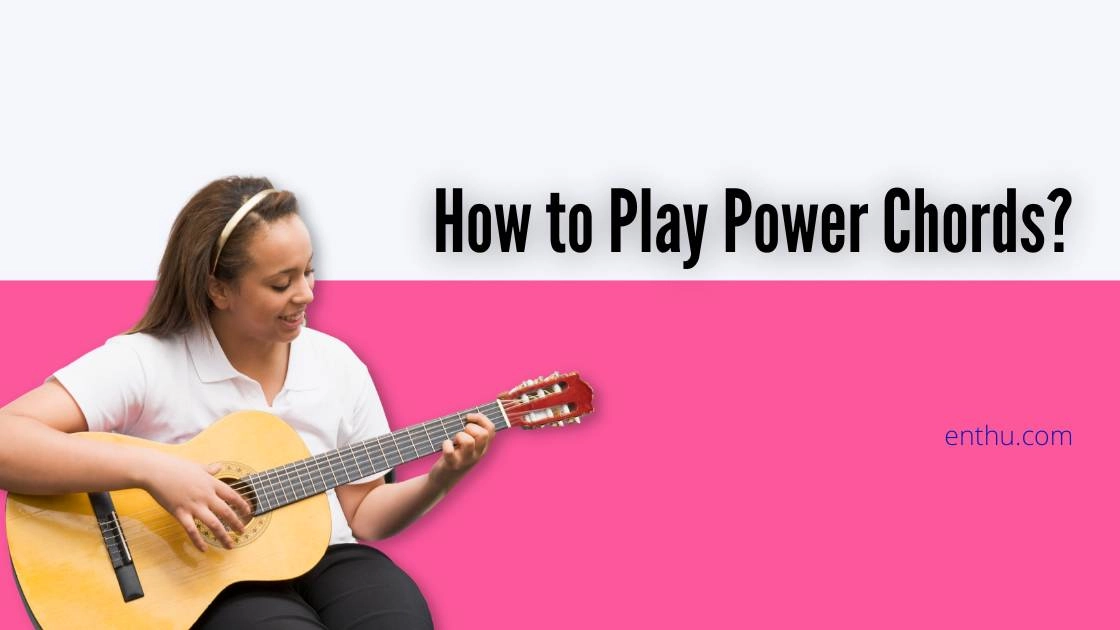
Comments